The National Laboratory for Digital Heritage (DH-Lab), in collaboration with ELTE’s Directorate of Information Technology and Faculty of Informatics, has commissioned a new high-performance server optimized for artificial intelligence tasks. The project was implemented with the support of the National Research, Development and Innovation Fund. This new system marks a major milestone in Hungarian AI and digital cultural heritage research, offering a level of computing power that far exceeds that of its predecessor, the A100 GPU server, which has been in operation since 2021.
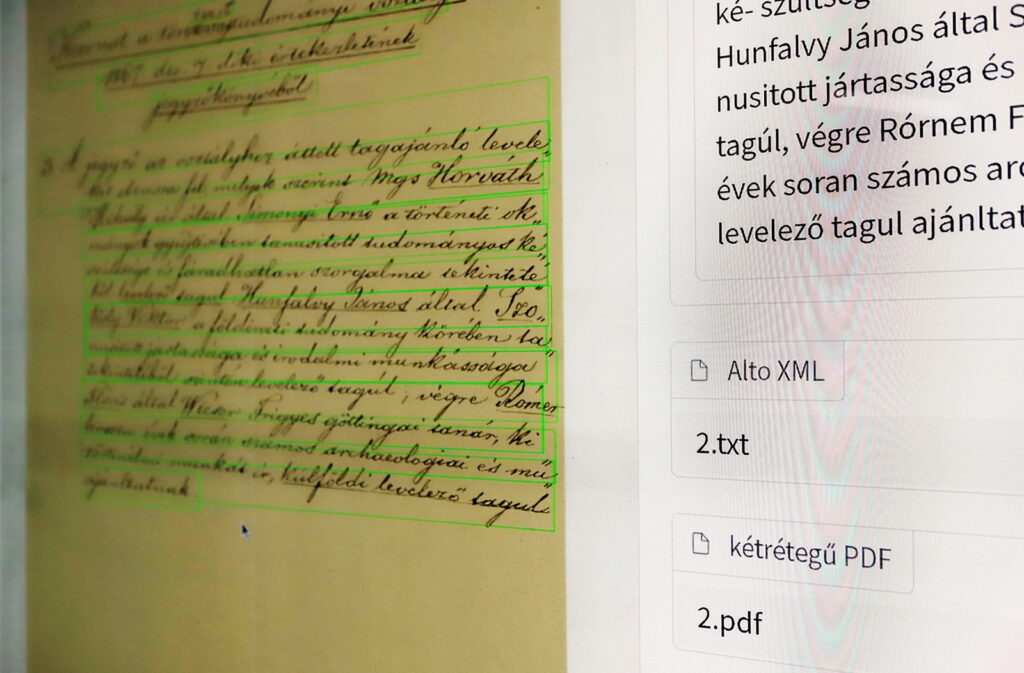
The new server is equipped with eight NVIDIA H200 GPUs, high-capacity memory, and state-of-the-art hardware, with a total value exceeding 120 million forints. Although physically located at the ELTE Savaria University Centre in Szombathely, the system can be accessed remotely by researchers and students from anywhere in the country.
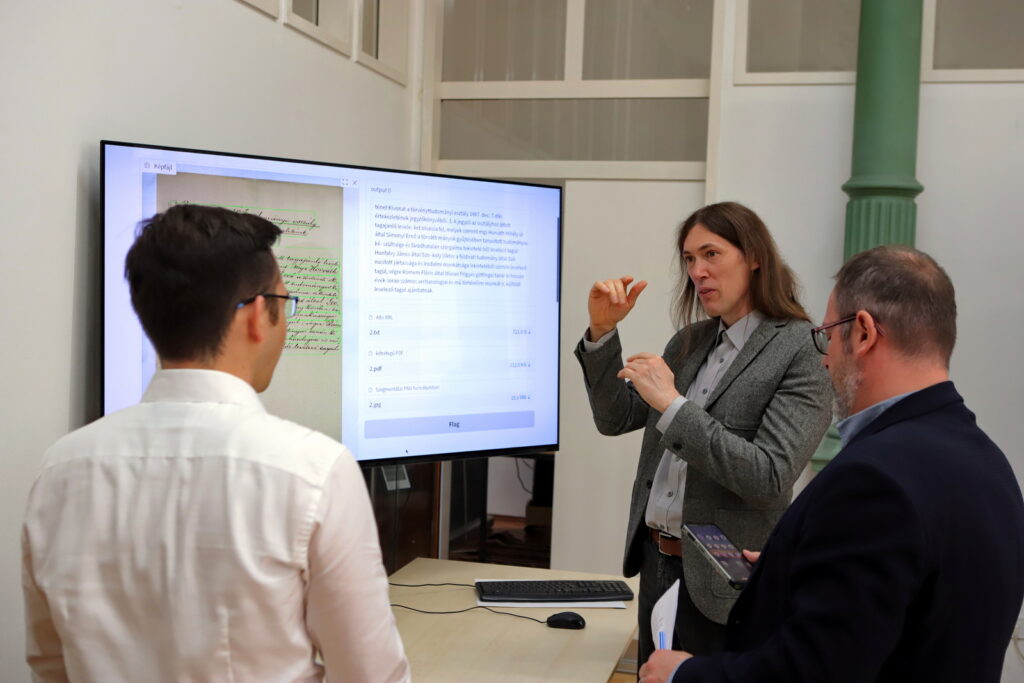
The new infrastructure supports a wide range of research and development goals, including:
-
Developing chatbots for scientific and cultural data processing
-
Running, comparing, and fine-tuning large language models (LLMs)
-
Building agent systems capable of processing visual and textual data
-
Text simplification and interpretation of cultural heritage documents

The development aims to strengthen DH-Lab’s capacity to support projects in digital humanities, history, and cultural heritage, as well as to promote world-class AI research and education in Hungary. The server components were manufactured at Lenovo’s only European plant, located in Üllő, which supplies server and data storage units to the entire EMEA region. Opened in 2021 with the support of HIPA, the factory operates as a regional technology and competence center, and all its products bear the “Made in Hungary” label.

The new server was officially presented to the public and the press on November 3 at the Department of Digital Humanities, ELTE Faculty of Humanities.
At the event, László Palkovics, Government Commissioner for Artificial Intelligence, emphasized in his opening address:
“One of the goals of Hungary’s Artificial Intelligence Strategy is to create a ‘Hungarian Cultural Model’ that enables the processing of documents from our thousand-year statehood. The digitalized data can also serve as a resource for planning the future. For this task, we have chosen Hungary’s best university, ELTE, which now not only provides the necessary expertise but also has the computing capacity thanks to this new server.”
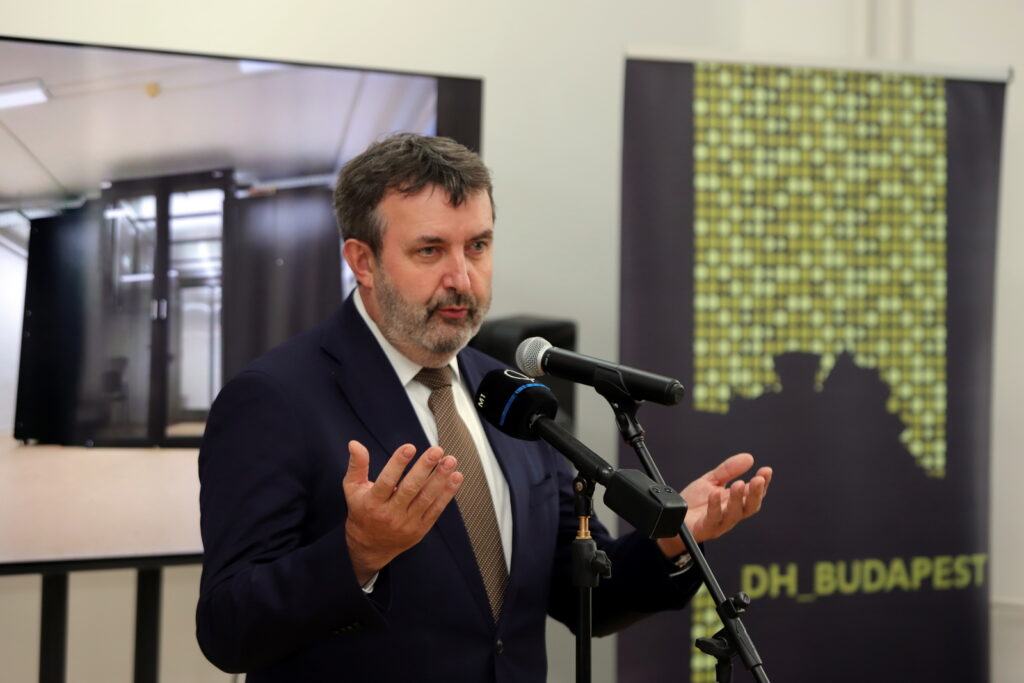
ELTE Rector Lénárd Darázs highlighted:
“The world-class computing power now available through the National Laboratory for Digital Heritage will not only support language technology research and the development of Hungarian language models, but will also open the door to new Hungarian research projects.”
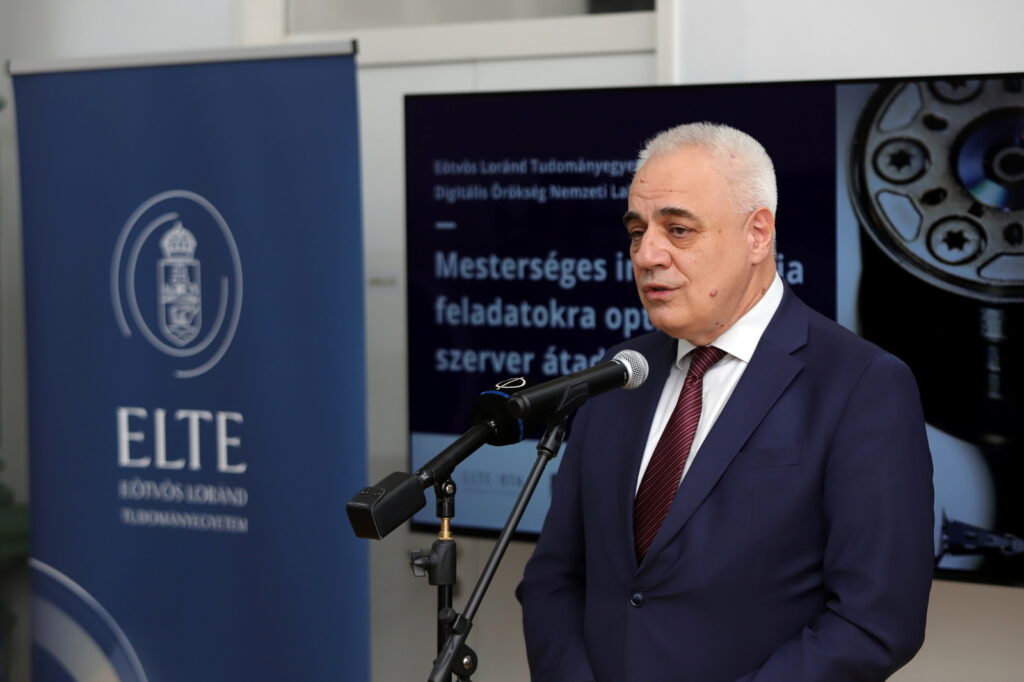
Gábor Palkó, Associate Professor and Head of Department, professional lead of DH-Lab, summarized the initiative:
“The mission of the DH-Lab is to introduce the most advanced AI applications into the processing and dissemination of cultural heritage in Hungary and beyond. This project simultaneously strengthens Hungary’s independence in the field of artificial intelligence and connects the development of AI’s linguistic capabilities with cultural heritage and the market sector.”
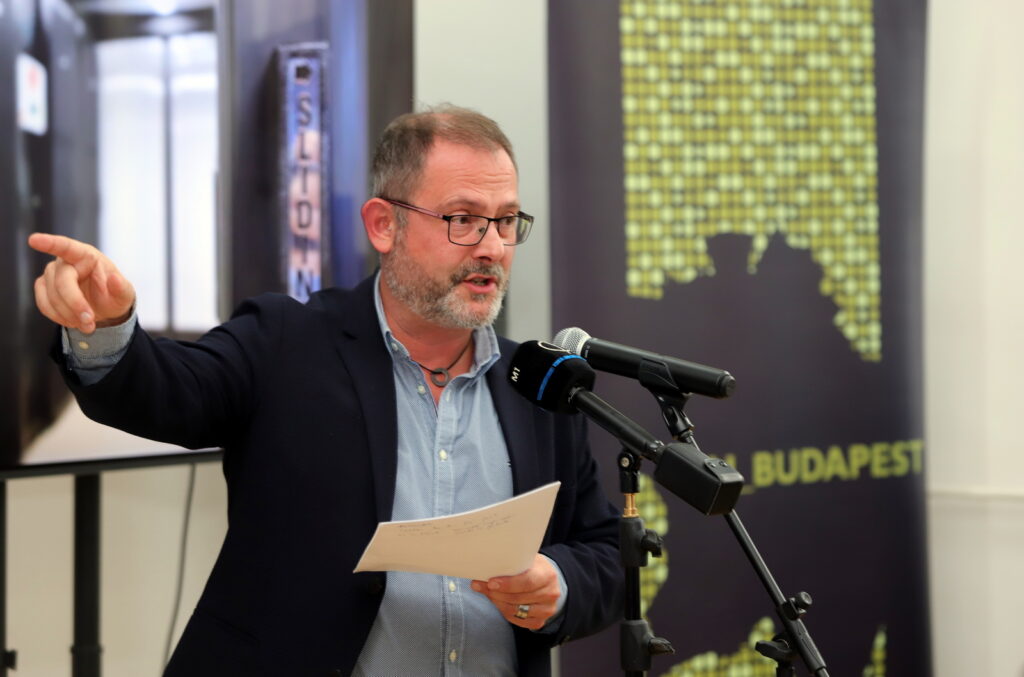
Following the opening remarks, ELTE DH-Lab researchers gave a live demonstration showcasing how AI recognizes centuries-old handwritten texts and how the RACKA language model and MTA 200 chatbot operate in practice.

